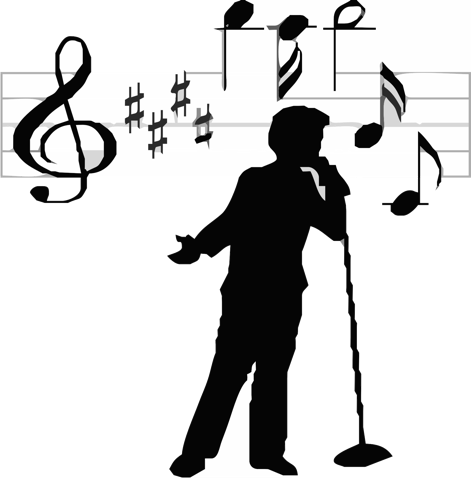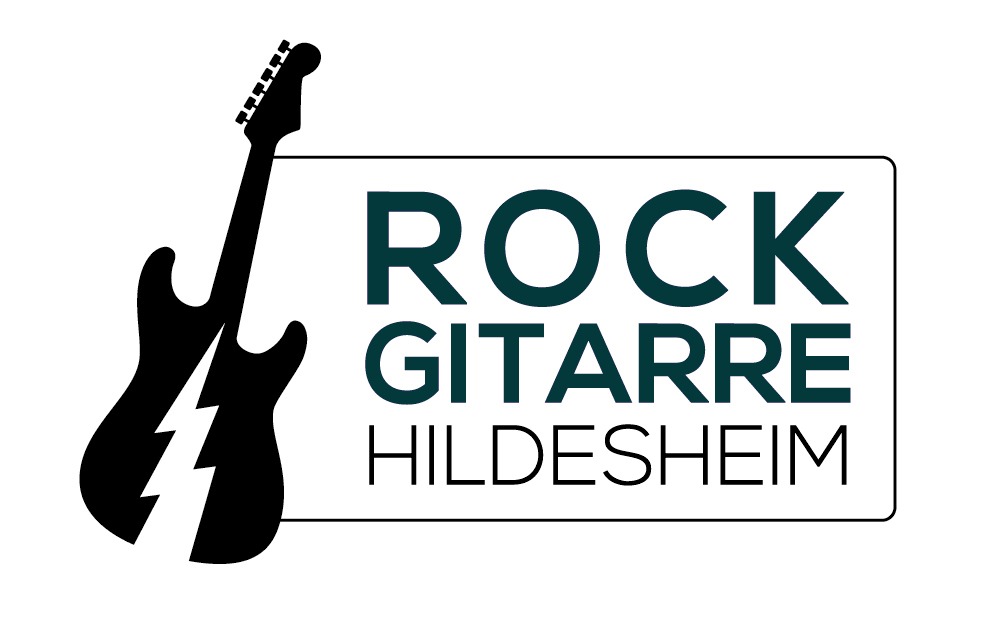Improving your ear training has lots of different benefits:
If you are unsure how to play a song, you can’t find sheet music to play it, or you play the tab, and it just doesn’t sound right.
With better ear training, you can work out the song yourself. And it’s much more satisfying this way. The better your ear training is, the quicker it will be for you to figure out how to play a song.
You can also get to the point where upon hearing a melody or a chord progression, you can start playing it on the guitar straight away! Whether it’s your favourite song or your friend is playing a tune. You can join in!
Ultimately, the best thing is when you hear something in your head, and you want to be able to play it. These are all abilities that improving your ear training will help you to be able to attain.
If any of these things is something you want to be able to do, then keep reading!
Lots of people will say you can’t train your ear because „This ability comes from talent.“
There are two sides to this. You can either have perfect pitch or relative pitch.
Perfect Pitch VS Relative Pitch

Perfect pitch is where you can identify a note independent of anything else with no context.
Relative pitch is where you can work out musical notes when they are next to each other based on their relationship to each other.
You only need to practise relative pitch to be able to appear very impressive to other people and to make your life easier. It is also something you can train. It does take time, and the progress can seem very slow. But consistency is key.
Here are four easy ways for you to improve your ear training:
Practise Transcribing guitar music
Transcribing is where you listen to a piece of music and write down what it says on paper. The more you practise doing this, the easier it will be for you to work out what’s happening in a song.
Start with melodies, with simple notes. – transcribing, start with single note melodies. Vocal melodies work best such as nursery rhythms, Christmas carols, or your national anthem. These are great starting points because you’ve heard them 100’s of times throughout life, so they’re very familiar and easier to work out.

Then try to work on the phrasing of the melody.
Work out what chords by figuring out if they are happy or sad first.
Working out chord progressions will be harder than figuring out what the individual notes are.
Have your guitar with you so that you can work out what each note is. Slow down the piece of music you are trying to transcribe if necessary to make it easier.
To do this, play the music in VLC player and slow down the playback speed until you can work out exactly what’s happening.
The more you do this, the more easily you will be able to work out the relationship between notes. Be able to listen out for the separate guitar parts. And overall, help you improve your hearing.
Play music you enjoy and play along

There are a few different ways you can do this to improve your ear. You can start by identifying what key the song is in, and then improvise on the top.
Or you can try to play along to the melody of the song. Start with simple songs with repeating choruses rather than complicated guitar solos that you won’t be able to follow along.
Just try to play along as much as you can or even a second behind what’s happening in the song.
If you know the chord progressions in a key signature, you can also practise hearing how certain chord progressions sound. There are common chord progressions that are used a lot in modern music. Once you know what they are and what they sound like, then you will be able to play along with them very easily.
The aim of the game is to be able to figure out as much of the song by ear as possible in real time.
Practise singing intervals
An interval is a distance between the two notes. The more practice you do at identifying them, the easier it will be for you to transcribe music or play what’s in your head.
There are different ways you can practise this.

1. Some apps will test your interval training with multiple choice answers.
2. You can also sing intervals and guess what they are, then check them on the guitar.
3. Listen to songs and try to sing the intervals back to yourself then work out what it is. Check your answer on the guitar.
The more you do it, the quicker you will be become at working it out. On top of this, you will understand what intervals mean and how each one “feels”, which will help you to become more creative on the guitar.
Making Up Melodies
You can also practise your ear training by making little tunes up in your head, either by singing it out loud or keeping it in your head. Then practise translating that onto the guitar.
You can do this when improvising over a backing track too. The benefits include:
A) Improve the ability to play what you hear in your head onto the guitar, so it’s easier for you to play the guitar spontaneously.
B) Improve your capacity to improvise more pleasantly and melodically rather than a random sequence of notes in the scale of the key.
Final Note:
I hope these few ways of improving your ear training helps you not only to train your ear but allow you to have a lot more fun playing the guitar as well. Lots of musicians who are talented have used these methods subconsciously to improve their guitar playing. And it’s something you can easily do by training on it.
So keep practising and giving it a go. If you would like more instructions and help with the guitar, then get in contact with us. We will help you learn to play
About the author:
Based in Stratford, East London. Darryl Powis has been a guitar teacher for the past 10 years and opened his own guitar school 5 years ago. Providing electric guitar lessons in London to help people to learn how to play the guitar.
